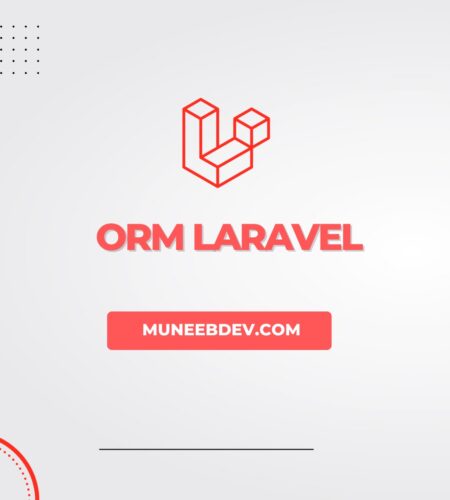Object-Relational Mapping (ORM) is a programming technique used in software engineering to map objects to relational databases. It is a way of interacting with databases using an object-oriented approach, rather than writing raw SQL queries. ORM provides an abstraction layer between the application and the database, allowing developers to write cleaner, more maintainable code. In this article, we will discuss how ORM is implemented in Laravel, and the importance of using ORM in modern software development.
ORM in Laravel
Laravel is a popular PHP framework that provides a powerful and flexible ORM called Eloquent. Eloquent allows developers to interact with databases using an intuitive and expressive syntax, without having to write raw SQL queries. Eloquent provides a set of classes that represent database tables as object-oriented models, commonly referred to as “Eloquent models”. With Eloquent, developers can define relationships between models, retrieve data using simple and intuitive syntax, and perform various CRUD operations on the database.
To use Eloquent in Laravel, developers must create a new Eloquent model for each table in the database. For example, let’s say we have a table called “users” in our database. We can create a new Eloquent model called “User” using the following command:
php artisan make:model UserThis command will generate a new PHP class called “User” in the “app/Models” directory. The “User” class extends the base Eloquent model class, and includes a protected $table property that specifies the name of the corresponding database table.
Here is an example of a basic “User” model:
namespace App\Models;
use Illuminate\Database\Eloquent\Model;
class User extends Model
{
protected $table = 'users';
}With this model, we can perform CRUD operations on the “users” table, such as retrieving all records:
$users = User::all();Or retrieving a single record by its ID:
$user = User::find(1);We can also create a new record:
$user = new User;
$user->name = 'John Doe';
$user->email = 'john.doe@example.com';
$user->save();Or update an existing record:
$user = User::find(1);
$user->name = 'Jane Doe';
$user->email = 'jane.doe@example.com';
$user->save();And we can delete a record:
$user = User::find(1);
$user->delete();Eloquent also supports relationships between models, such as one-to-one, one-to-many, and many-to-many relationships. These relationships are defined using methods such as hasOne(), hasMany(), and belongsToMany(), which allow developers to retrieve related data using simple and intuitive syntax.
Importance of ORM
Here are some of the reasons why ORM is important in modern software development:
- Reduces development time and increases productivity: ORM helps developers to interact with databases using an object-oriented approach, which reduces the amount of time required to write low-level SQL queries. This allows developers to focus on writing application logic rather than dealing with the complexities of database interactions.
- Enhances code quality and maintainability: By using ORM, developers can write cleaner, more maintainable code. ORM libraries usually provide well-designed APIs that make it easy to write code that is easy to read and understand. This makes it easier for developers to maintain and modify the codebase.
- Database independence: ORM allows developers to write code that is independent of the underlying database. This means that if you need to switch to a different database, you don’t need to rewrite all of your database-related code. You can simply update the configuration settings in your ORM library


Comments